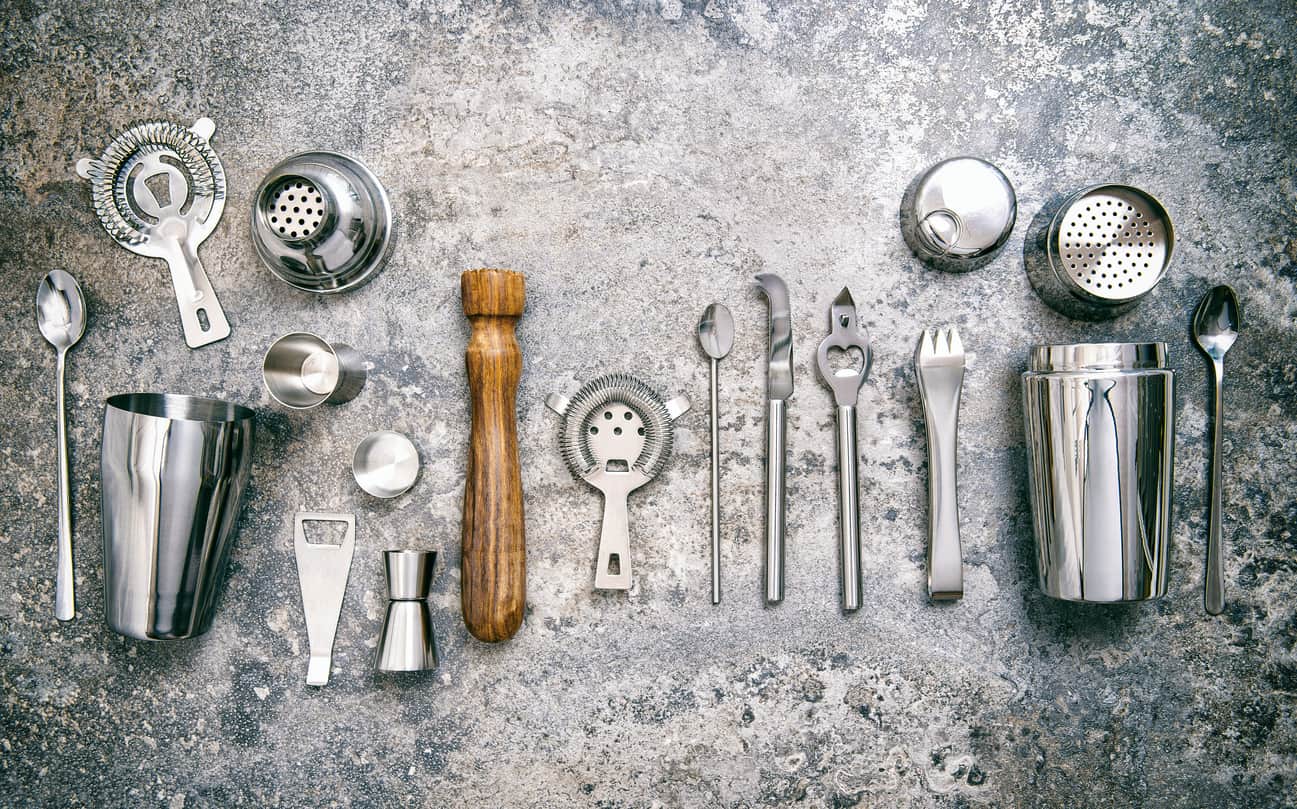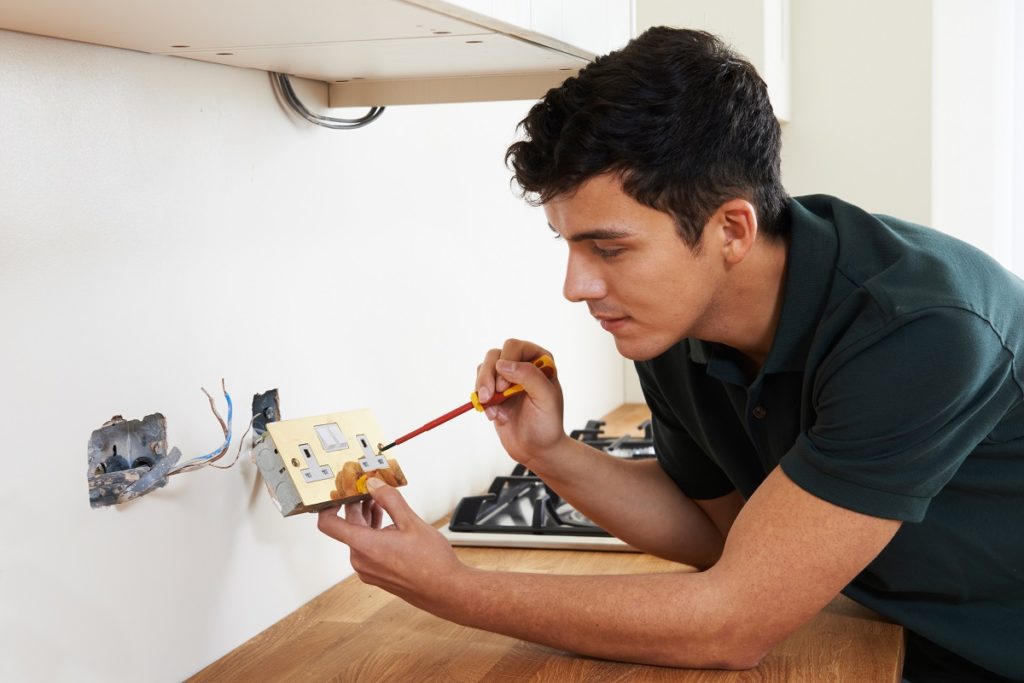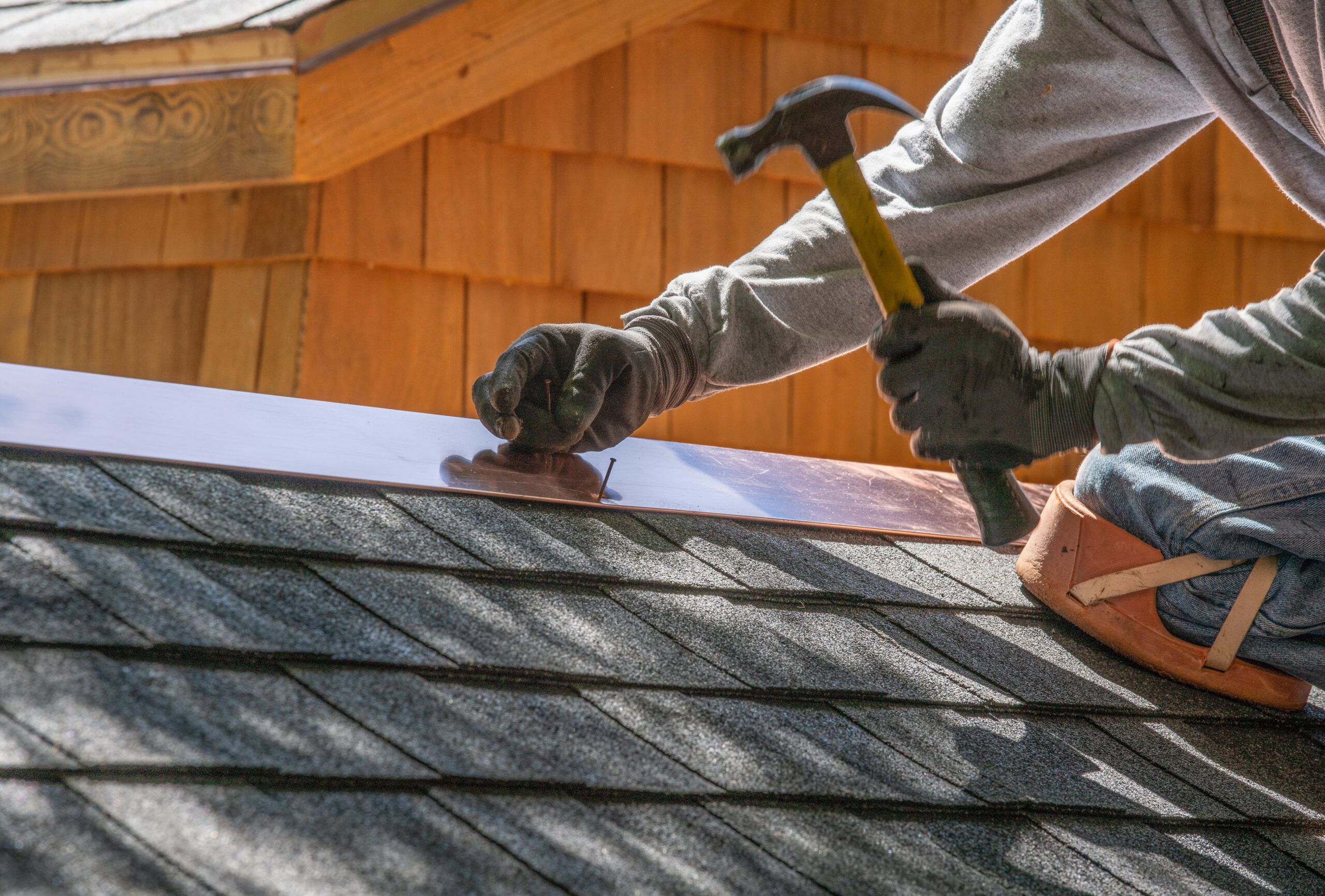Guide to DIY Home Repairs: Fixing Common Household Issues
Introduction:
Maintaining a home comes with the inevitable need for repairs. While hiring professionals for every issue can be costly, tackling common household problems yourself can save you time and money. With the right knowledge and tools, you can confidently handle various DIY home repairs. In this comprehensive guide, we will explore essential tips and techniques for fixing common household issues, empowering you to become a handy homeowner.
- Safety First:
Before attempting any DIY home repairs, prioritize safety. Familiarize yourself with basic safety precautions, such as using protective gear like gloves, goggles, and masks. Switch off electrical circuits or shut off water sources when working on related repairs. If a repair seems beyond your skill level or involves hazardous materials, it’s best to call a professional. - Essential Tools and Supplies:
Having the right tools and supplies is crucial for successful DIY home repairs. Start with a basic toolkit that includes a hammer, screwdrivers, pliers, adjustable wrench, measuring tape, utility knife, and a set of various-sized screws, nails, and fasteners. Additionally, stock up on supplies like duct tape, lubricants, sealants, and adhesives, as they come in handy for a wide range of repairs.
- Handling Plumbing Issues:
Leaky faucets, clogged drains, and running toilets are common plumbing problems that can be fixed without calling a plumber. Learn how to replace faucet washers, unclog drains using a plunger or drain snake, and fix toilet flappers. Familiarize yourself with the water shut-off valves in your home, as they can help minimize damage during emergencies. - Fixing Electrical Problems:
While electrical repairs can be dangerous, minor issues like replacing a light switch or electrical outlet cover can be safely handled. Ensure the power is turned off before working on any electrical repairs. Learn how to properly rewire a plug, replace light bulbs, and install a ceiling fan or light fixture. For complex electrical repairs, it’s best to consult a licensed electrician.
- Repairing Drywall and Paint:
Damaged drywall or chipped paint can detract from the appearance of your home. Learn how to patch small holes or cracks in drywall using joint compound and a putty knife. Sand the patched area and repaint it to match the surrounding wall. For larger or more complex repairs, consider seeking guidance from online tutorials or home improvement books. - Dealing with Flooring Issues:
Fixing minor flooring issues can help maintain the beauty and functionality of your home. Learn how to repair squeaky floorboards using specialized screws or adhesive. If you have hardwood floors, educate yourself on refinishing techniques to remove scratches or restore their shine. For damaged tiles or vinyl flooring, consider replacing individual pieces rather than the entire floor. - Repairing Leaky Roofs:
A leaky roof can lead to extensive damage if left unaddressed. Learn how to identify and fix common roof leaks, such as damaged shingles or cracked flashing. Use appropriate safety measures when working on the roof, and consider consulting a professional roofer for complex repairs or if you are uncomfortable working at heights.
- Maintaining and Repairing Appliances:
Appliances like refrigerators, washing machines, and dishwashers are prone to wear and tear. Regular maintenance can prolong their lifespan and prevent costly repairs. Clean or replace air filters, remove lint from dryer vents, and descale coffee makers. Educate yourself on basic troubleshooting techniques and consult user manuals or online resources for specific appliance repairs. - Handling Simple HVAC Fixes:
Maintaining a comfortable indoor environment involves some basic HVAC repairs. Learn how to clean or replace air filters, check thermostat settings, and remove debris from outdoor condenser units. Regularly inspect and clean air ducts and vents to ensure efficient airflow. For complex HVAC issues, it’s advisable to contact a professional technician. - Knowing When to Call a Professional:
While DIY repairs can save money, it’s essential to recognize when a repair is beyond your expertise. Some tasks, such as major plumbing or electrical work, structural repairs, or intricate HVAC issues, require professional intervention. Ignoring or improperly handling these repairs can lead to further damage or safety hazards. When in doubt, consult a qualified contractor or tradesperson.
Conclusion:
Becoming adept at DIY home repairs allows you to tackle common household issues and maintain your home efficiently. By prioritizing safety, acquiring essential tools, and learning techniques for plumbing, electrical, drywall, flooring, roofing, appliance, and HVAC repairs, you can confidently handle a wide range of problems. Remember that some repairs may still require professional assistance, so don’t hesitate to seek expert help when needed. Empowered with this comprehensive guide, you can save money, enhance your skills, and enjoy the satisfaction of maintaining and improving your home.
